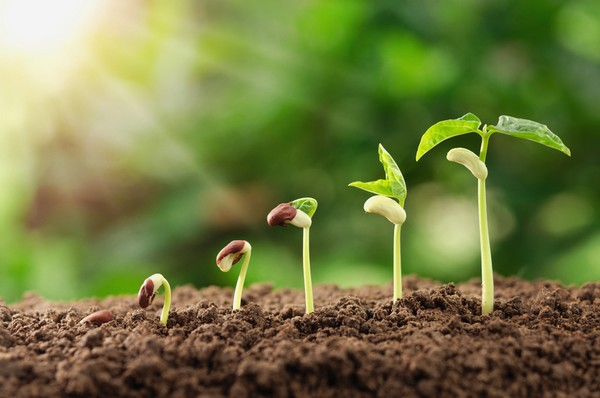
Exhibition time: 17-19 March, 2026 Shanghai, China
 中文
中文

Exhibition time: 17-19 March, 2026 Shanghai, China
 中文
中文

Key words of the passage: fertilizer; price; US; farmer
Stephanie Maynard, co-owner of Ox Hollow Farm in Roxbury, started the season with fertilizer prices twice as high as usual. That, coupled with fuel costs, is the farm’s biggest expense and so the rising prices meant deciding between cutting back production or fronting the added cost and hoping to recoup it at the end of the summer.
“It had just been a crippling decision,” Maynard said from her booth at the Westport Farmers Market this week.
It’s a decision farmers across the state and country are having to make as fertilizer prices have more than doubled, and in some cases tripled, in the past year and a half in Connecticut — setting record highs and impacting residents, growers, farmers, and landscapers.
The rise is due to several factors, including the price of certain components of fertilizer, high energy costs, supply issues, and now the Russian invasion in Ukraine that is limiting the global supply, experts say. Russia is one of the leading global exporters.
“I think consumers are going to see higher prices across the board on farm and food products — and already are — but this is going to be true whether they’re buying from a local farmer or whether they’re buying California-grown produce at the supermarket,” said Chris Laughton, an agricultural economist with Farm Credit East, a farmer-owned lender with about 1,000 customers in Connecticut. “So I think locally grown products will still be a good value, plus you’d be supporting local agriculture.”
“Fertilizer prices have affected the entire green industry,” Nelson said, which includes a number of other areas, such as greenhouses, turfgrass, floriculture, and Christmas trees. “Costs are increased in all facets of the industry, especially energy and transportation, so this compounds, resulting in increased prices of products and services.”
